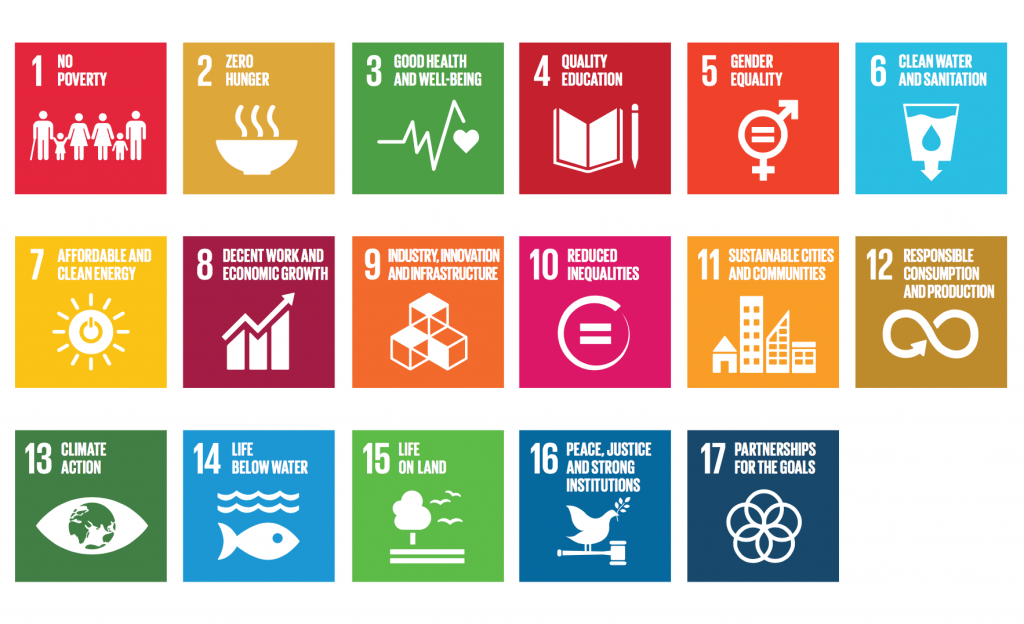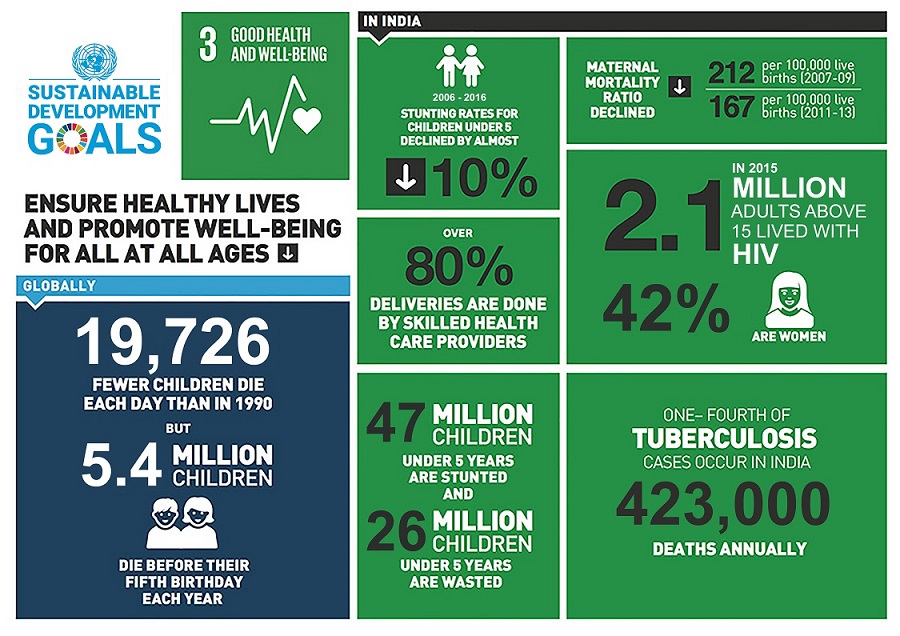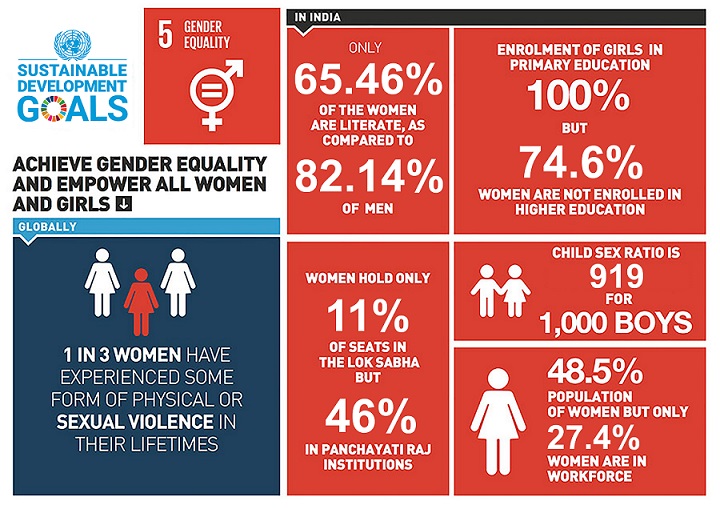Contents
- Statistics Day and SDGs
STATISTICS DAY AND SDGs
Focus: GS-II Social Justice, Prelims
Why in news?
The Government of India has been celebrating the Statistics Day on the birth anniversary of Prof. P C Mahalanobis, on 29thJune, in recognition of his invaluable contribution in establishing the National Statistical System.
Statistics Day, 2020
- The Statistics Day is celebrated to popularise the use of Statistics in everyday life and sensitise the public as to how Statistics helps in shaping and framing policies.
- The Prof.P.C. Mahalanobis National Award winner, 2020 will be felicitated during the Statistics Day event conducted this year.
- The theme of Statistics Day, 2019 was “Sustainable Development Goals (SDGs)” and carrying this forward the theme of Statistics Day, 2020 is selected as SDG- 3 (Ensure healthy lives and promote well-being for all at all ages) & SDG- 5 (Achieve gender equality and empower all women and girls).
- The updated version of the Report on Sustainable Development Goals-National Indicator Framework (NIF) Progress Report 2020 will also be released during the event.
What is Sustainable Development?
- Sustainable development has been defined in many ways, but the most frequently quoted definition is from Our Common Future, also known as the Brundtland Report: “Sustainable development is development that meets the needs of the present without compromising the ability of future generations to meet their own needs.”
- Three core elements of sustainable development are: Economic Growth, Social Inclusion and Environmental Protection.
- Sustainable economic growth, achieving sustainable livelihood, living in harmony with nature and appropriate technology are important for sustainable development.
What are Sustainable Development Goals?
Sustainable Development Goals (SDGs) is an intergovernmental agreement formulated to act as post-2015 Development agenda to be achieved by 2030.
The SDGs are a set of seventeen pointer targets as proposed by the United Nation General Assembly’s Open Working Group, that all the countries which are members of the UN agreed to work upon for the better future of the country.
The 17 goals under the Sustainable Development Goals are:
- End poverty in all its forms everywhere
- End hunger, achieve food security and improved nutrition and promote sustainable agriculture
- Ensure healthy lives and promote well being for all at all stages
- Ensure inclusive and equitable quality education and promote lifelong learning opportunities for all
- Achieve gender equality and empower all women and girls
- Ensure availability and sustainable management of water and sanitation for all
- Ensure access to affordable, reliable, sustainable and modern energy for all
- Promote sustained, inclusive and sustainable economic growth, full and productive employment and decent work for all
- Built resilient infrastructure, promote inclusive and sustainable industrialisation and foster innovation
- Reduce inequalities within and among countries
- Make cities and human settlements inclusive, safe, resilient and sustainable
- Ensure sustainable consumption and production pattern
- Take urgent actions to combat climate change and its impact
- Conserve and sustainably use the oceans, seas and marine resources
- Protect, restore and promote sustainable use of terrestrial ecosystems, sustainably managed forests, combat desertification and halt and reverse land degradation and halt biodiversity loss
- Promote peaceful and inclusive societies for sustainable development, provide access to justice for all and build effective, accountable and inclusive institutions at all levels
- Strengthen the means of implementation and revitalise the global partnership for sustainable development

India’s record in implementing Sustainable Development Goals
- Mahatma Gandhi National Rural Employment Guarantee Act (MNREGA) is being implemented to provide jobs to unskilled labourers and improve their living standards.
- National Food Security Act is being enforced to provide subsidized food grains.
- The government of India aims to make India open defecation free by the year 2019 under its flagship programme Swachh Bharat Abhiyan.
- Renewable energy generation targets have been set at 175 GW by 2022 to exploit solar energy, wind energy and other such renewable sources of energy efficiency and reduce the dependence on fossil fuels.
- Atal Mission for Rejuvenation and Urban Transformation (AMRUT) and Heritage City Development and Augmentation Yojana (HRIDAY) schemes have been launched for improving the infrastructure aspects.
- India has expressed its intent to combat climate change by ratifying the Paris Agreement.
With Respect to SDG-3 and SDG-5
- Beti Bachao Beti Padhao initiative aims at equal opportunity and education for girls in India.
- Sukanya Samridhi Yojana on girl child prosperity and the Janani Suraksha Yojana for mothers advance India’s commitment to gender equality, and the targets of Goal 4.
- National Health Mission prioritises national wellbeing and is leading change in this area, in addition to targeted national programmes against HIV/AIDS and sexually transmitted diseases.
The Themes of the Statistics Day 2020: SDG-3 and SDG-5
SDG-3: Good Health and Well-Being
- Goal 3 aims for the International community commit itself to a global effort to eradicate disease, strengthen treatment and healthcare, and address new and emerging health issues.
- It calls for innovation, and research in these areas to further enhance public policy efforts.
- India has made some progress in reducing its under-five mortality rate, which declined from 125 per 1,000 live births in 1990-91 to 50 per 1,000 live births in 2015-16.
- India’s maternal mortality rate also declined from more than 200 per 100,000 live births in 2007-09 to less than 170 in 2013.

SDG-5: Gender Equality
- Goal 5 aims to eliminate all forms of discrimination and violence against women in the public and private spheres and to undertake reforms to give women equal rights to economic resources and access to ownership of property.
- Although India has achieved gender parity at the primary education level and is on track to achieve parity at all education levels, as of June 2019, the proportion of seats in the Lok Sabha held by women had only reached 11%, however, it was around 50% in the Panchayati Raj Institutions.
- India is also confronting the challenge of violence against women. As an example, a baseline study revealed that in New Delhi, 92% of women had experienced some form of sexual violence in public spaces during their lifetime.

National Indicator Framework (NIF)
The National Indicator Framework (NIF) is the backbone of monitoring of SDGs at the national level and gives appropriate direction to the policy makers and the implementers of various schemes and programmes.
A High-Level Steering Committee – chaired by Chief Statistician of India and Secretary, Ministry of Statistics and Programme Implementation (MoSPI), with the Secretaries of data source Ministries and NITI Aayog as members and Secretaries of other related Ministries as special invitees – functions to review and revise the National Indicator Framework.



